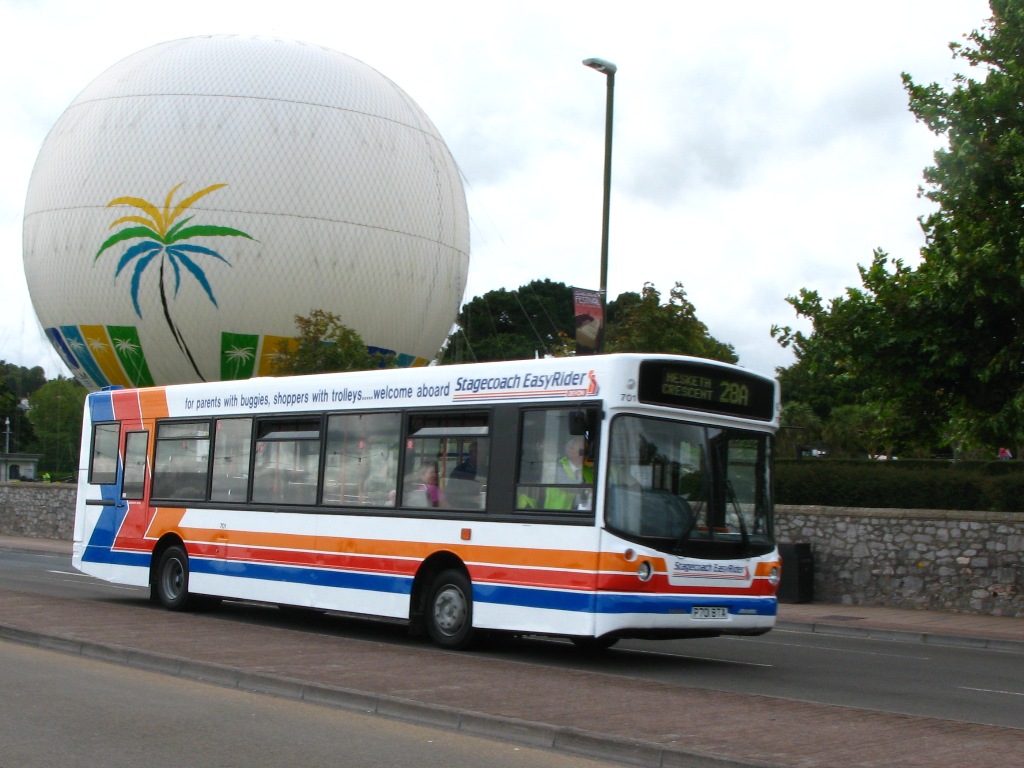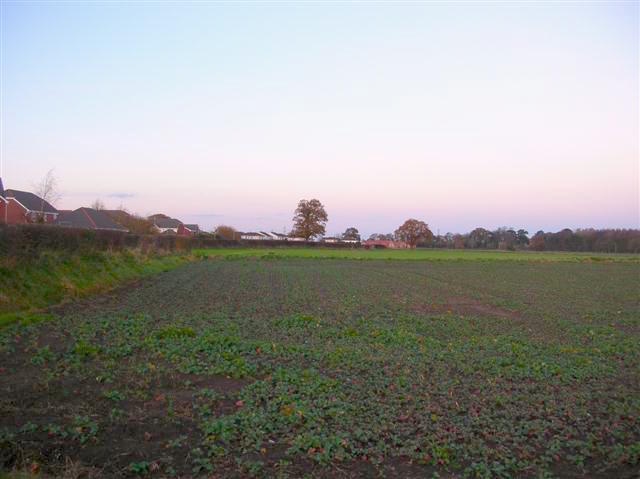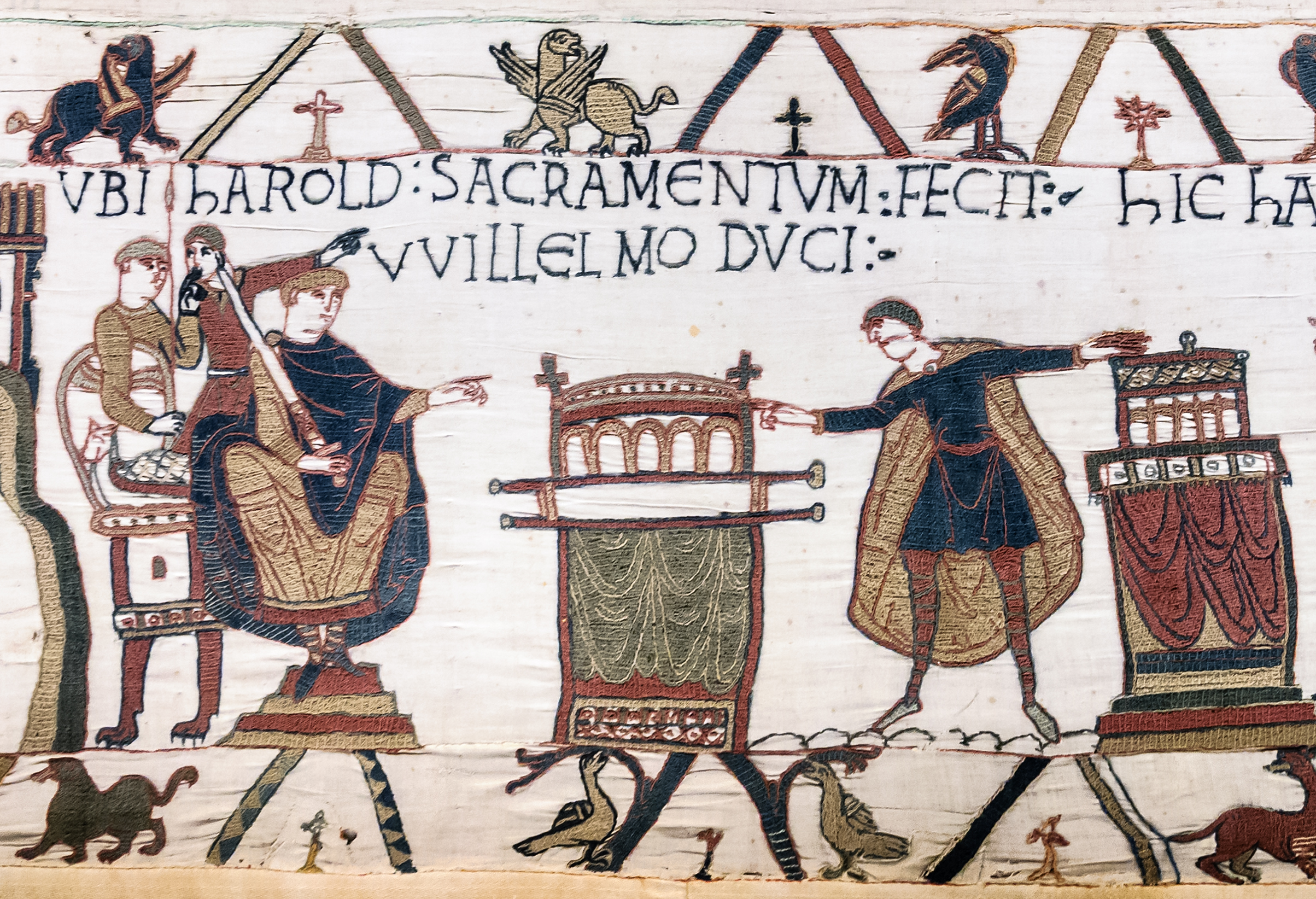|
Colaton Raleigh
Colaton Raleigh is a village and civil parish in East Devon, England. The parish is surrounded clockwise from the north by the parishes of Aylesbeare, Newton Poppleford and Harpford, Otterton, Bicton, Woodbury and a small part of Farringdon. The village is located to the west of the River Otter on the B3178 road between Newton Poppleford to the north and East Budleigh to the south. The village is mentioned in the Domesday Book stating it had 20 villagers, 8 smallholders and 6 slaves. In 1066 it was owned by Earl Harold (King Harold II) before passing to King William after Harold's defeat at the Battle of Hastings. The church is dedicated to St John the Baptist. The village has a shop named "Woods Village Stores" in the centre next to the B3178 road. Bus route 157 operated by Stagecoach South West runs hourly towards Exmouth and Sidmouth Sidmouth () is a town on the English Channel in Devon, South West England, southeast of Exeter. With a population of 12,569 in ... [...More Info...] [...Related Items...] OR: [Wikipedia] [Google] [Baidu] |
Devon
Devon ( , historically known as Devonshire , ) is a ceremonial and non-metropolitan county in South West England. The most populous settlement in Devon is the city of Plymouth, followed by Devon's county town, the city of Exeter. Devon is a coastal county with cliffs and sandy beaches. Home to the largest open space in southern England, Dartmoor (), the county is predominately rural and has a relatively low population density for an English county. The county is bordered by Somerset to the north east, Dorset to the east, and Cornwall to the west. The county is split into the non-metropolitan districts of East Devon, Mid Devon, North Devon, South Hams, Teignbridge, Torridge, West Devon, Exeter, and the unitary authority areas of Plymouth, and Torbay. Combined as a ceremonial county, Devon's area is and its population is about 1.2 million. Devon derives its name from Dumnonia (the shift from ''m'' to ''v'' is a typical Celtic consonant shift). During ... [...More Info...] [...Related Items...] OR: [Wikipedia] [Google] [Baidu] |
Newton Poppleford
Newton Poppleford is a large village and former civil parish situated on the A3052 road between Exeter and Sidmouth on the west side of the River Otter, now in the parish of Newton Poppleford and Harpford in East Devon, England, within the East Devon AONB. Newton Poppleford is twinned with Crèvecœur-en-Auge in Normandy, France. In 2019 it had an estimated population of 1784. In 1931 the parish had a population of 447. The village is on the route of a Roman road from Axmouth to Exeter. It includes some whitewashed cob thatched cottages, one shop and St Luke's Church which was founded in 1331 (with the current structure dating from 1897). The town contains a village hall, primary school and sports pavilion. There was also a church hall, however it was burnt down in 2012 when fire spread from a nearby shed, possibly a result of arson. A carnival procession used to travel through the village in the autumn, although this was stopped in 2014. Newton Poppleford railway station clo ... [...More Info...] [...Related Items...] OR: [Wikipedia] [Google] [Baidu] |
Sidmouth
Sidmouth () is a town on the English Channel in Devon, South West England, southeast of Exeter. With a population of 12,569 in 2011, it is a tourist resort and a gateway to the Jurassic Coast World Heritage Site. A large part of the town has been designated a conservation area. History The origins of Sidmouth pre-date recorded history. The Sid valley has been in human occupation since at least the Iron Age as attested by the presence of Sidbury Castle, and possibly earlier given the presence of Bronze Age burial mounds on Gittisham Hill and Broad Down. The village of Sidbury itself is known to be Saxon in origin with the Church crypt dating to the seventh century. However, the Sid Valley was divided into two ecclesiastical land holdings, with Sidbury and Salcombe Regis being gifted by King Athelstan to Exeter Cathedral, and Sidmouth, which was part of the manor of Otterton, was gifted by Gytha Thorkelsdóttir (the mother of King Harold Godwinson) to the ... [...More Info...] [...Related Items...] OR: [Wikipedia] [Google] [Baidu] |
Exmouth
Exmouth is a port town, civil parish and seaside resort, sited on the east bank of the mouth of the River Exe and southeast of Exeter. In 2011 it had a population of 34,432, making Exmouth the 5th most populous settlement in Devon. History Byzantine coins with the mark of Anastasius I, dating back to c. 498–518, were retrieved from the beach in 1970. More recent human occupation of Exmouth Point can be traced back to the 11th century,The route book of Devon, Publisher Besley, 1870, Publisher: Oxford University when it was known as Lydwicnaesse, "the point of the Bretons". The two ecclesiastical parishes, Littleham and Withycombe Raleigh, that make up the town of Exmouth today can be traced to pre-Saxon times. The name of the town derives from its location at the mouth of the River Exe estuary, which ultimately comes from an ancient Celtic word for fish. For centuries, the parishes were within East Budleigh Hundred. In 1240 an area known as Pratteshuthe (Pratt’s ... [...More Info...] [...Related Items...] OR: [Wikipedia] [Google] [Baidu] |
Stagecoach South West
Stagecoach South West is a bus operator providing services in Devon and East Cornwall along with coach services to Bristol. It is a subsidiary of Stagecoach. History Devon General The Devon General Omnibus and Touring Company commenced operations in South Devon in 1919 with two bus routes from Exeter to Torquay. In 1922, Torquay Tramways purchased the company, although it was operated as a subsidiary of the National Electric Construction Company (NECC) and the tramway company's motor buses were transferred to Devon General. In 1931, the NECC became a part of the British Electric Traction Group. British Electric Traction's bus operations, including Devon General, became part of the National Bus Company when it was formed in 1969. In April 1970, the Exeter City Council's buses and routes were transferred to Devon General but the city's unusual use of route letters (as opposed to numbers) continued. In January 1971, the bus operations of Devon General were transferred to neighbo ... [...More Info...] [...Related Items...] OR: [Wikipedia] [Google] [Baidu] |
John The Baptist
John the Baptist or , , or , ;Wetterau, Bruce. ''World history''. New York: Henry Holt and Company. 1994. syc, ܝܘܿܚܲܢܵܢ ܡܲܥܡܕ݂ܵܢܵܐ, Yoḥanān Maʿmḏānā; he, יוחנן המטביל, Yohanān HaMatbil; la, Ioannes Baptista; cop, ⲓⲱⲁⲛⲛⲏⲥ ⲡⲓⲡⲣⲟⲇⲣⲟⲙⲟⲥ or ; ar, يوحنا المعمدان; myz, ࡉࡅࡄࡀࡍࡀ ࡌࡀࡑࡁࡀࡍࡀ, Iuhana Maṣbana. The name "John" is the Anglicized form, via French, Latin and then Greek, of the Hebrew, "Yochanan", which means "God in Christianity, YHWH is gracious"., group="note" ( – ) was a mission preacher active in the area of Jordan River in the early 1st century AD. He is also known as John the Forerunner in Christianity, John the Immerser in some Baptists, Baptist Christianity, Christian traditions, and John the Baptist in Islam, Prophet Yahya in Islam. He is sometimes alternatively referred to as John the Baptiser. John is mentioned by the History of the Jews in the Roman ... [...More Info...] [...Related Items...] OR: [Wikipedia] [Google] [Baidu] |
Battle Of Hastings
The Battle of Hastings nrf, Batâle dé Hastings was fought on 14 October 1066 between the Norman-French army of William, the Duke of Normandy, and an English army under the Anglo-Saxon King Harold Godwinson, beginning the Norman Conquest of England. It took place approximately northwest of Hastings, close to the present-day town of Battle, East Sussex, and was a decisive Norman victory. The background to the battle was the death of the childless King Edward the Confessor in January 1066, which set up a succession struggle between several claimants to his throne. Harold was crowned king shortly after Edward's death, but faced invasions by William, his own brother Tostig, and the Norwegian King Harald Hardrada (Harold III of Norway). Hardrada and Tostig defeated a hastily gathered army of Englishmen at the Battle of Fulford on 20 September 1066, and were in turn defeated by Harold at the Battle of Stamford Bridge five days later. The deaths of Tostig and Hardrada at ... [...More Info...] [...Related Items...] OR: [Wikipedia] [Google] [Baidu] |
William The Conqueror
William I; ang, WillelmI (Bates ''William the Conqueror'' p. 33– 9 September 1087), usually known as William the Conqueror and sometimes William the Bastard, was the first Norman king of England The monarchy of the United Kingdom, commonly referred to as the British monarchy, is the constitutional form of government by which a hereditary sovereign reigns as the head of state of the United Kingdom, the Crown Dependencies (the Bailiw ..., reigning from 1066 until his death in 1087. A descendant of Rollo, he was Duke of Normandy from 1035 onward. By 1060, following a long struggle to establish his throne, his hold on Normandy was secure. In 1066, following the death of Edward the Confessor, William invaded England, leading an army of Normans to victory over the Anglo-Saxons, Anglo-Saxon forces of Harold Godwinson at the Battle of Hastings, and suppressed subsequent English revolts in what has become known as the Norman Conquest. The rest of his life was marked by str ... [...More Info...] [...Related Items...] OR: [Wikipedia] [Google] [Baidu] |
Harold Godwinson
Harold Godwinson ( – 14 October 1066), also called Harold II, was the last crowned Anglo-Saxon English king. Harold reigned from 6 January 1066 until his death at the Battle of Hastings, fighting the Norman invaders led by William the Conqueror during the Norman conquest of England. His death marked the end of Anglo-Saxon rule over England. Harold Godwinson was a member of a prominent Anglo-Saxon family with ties to Cnut the Great. He became a powerful earl after the death of his father, Godwin, Earl of Wessex. After his brother-in-law, King Edward the Confessor, died without an heir on 5 January 1066, the '' Witenagemot'' convened and chose Harold to succeed him; he was probably the first English monarch to be crowned in Westminster Abbey. In late September, he successfully repelled an invasion by rival claimant Harald Hardrada of Norway in York before marching his army back south to meet William the Conqueror at Hastings two weeks later. Family background Ha ... [...More Info...] [...Related Items...] OR: [Wikipedia] [Google] [Baidu] |
Domesday Book
Domesday Book () – the Middle English spelling of "Doomsday Book" – is a manuscript record of the "Great Survey" of much of England and parts of Wales completed in 1086 by order of King William I, known as William the Conqueror. The manuscript was originally known by the Latin name ''Liber de Wintonia'', meaning "Book of Winchester", where it was originally kept in the royal treasury. The '' Anglo-Saxon Chronicle'' states that in 1085 the king sent his agents to survey every shire in England, to list his holdings and dues owed to him. Written in Medieval Latin, it was highly abbreviated and included some vernacular native terms without Latin equivalents. The survey's main purpose was to record the annual value of every piece of landed property to its lord, and the resources in land, manpower, and livestock from which the value derived. The name "Domesday Book" came into use in the 12th century. Richard FitzNeal wrote in the '' Dialogus de Scaccario'' ( 1179) that the bo ... [...More Info...] [...Related Items...] OR: [Wikipedia] [Google] [Baidu] |
East Budleigh
East Budleigh is a small village in East Devon, England. The villages of Yettington, Colaton Raleigh, and Otterton lie to the west, north and east of East Budleigh, with the seaside town of Budleigh Salterton about two miles south. Until the River Otter to the east silted up, the village was a market town and port; it was still being used by ships in the 15th century, according to John Leland. Sir Walter Raleigh was born in nearby Hayes Barton in c.1552, and his parents are buried in All Saints churchyard in the village. The 14th-century church contains attractive pew ends including one bearing the Raleigh coat of arms. In 2006 a life-size bronze statue of Raleigh by sculptor Vivien Mallock was unveiled by the Duke of Kent and is positioned at the top of the village close to the church. The cost of £30,000 was met by British American Tobacco British American Tobacco plc (BAT) is a British multinational company that manufactures and sells cigarettes, tobacco an ... [...More Info...] [...Related Items...] OR: [Wikipedia] [Google] [Baidu] |
River Otter, Devon
The River Otter is a river that rises in the Blackdown Hills just inside the county of Somerset, England near Otterford, then flows south through East Devon. It enters the English Channel at the western end of Lyme Bay, part of the Jurassic Coast, a UNESCO World Heritage Site. The Permian and Triassic sandstone aquifer in the Otter Valley is one of Devon's largest groundwater sources, supplying drinking water to 200,000 people. Topography The river's source is north of Otterford, where a stream feeds the Otterhead Lakes: and then through Churchstanton before entering Devon. The river flows through a predominantly rural area, with small cattle, sheep and dairy farms. The largest town in the Otter Valley is Honiton. Tourism and leisure play important roles in the economy. For much of its length, the river flows through two Areas of Outstanding Natural Beauty (AONBs) – The Blackdown Hills AONB (to the north of Honiton) and East Devon AONB (to the south of Ottery St Mary ... [...More Info...] [...Related Items...] OR: [Wikipedia] [Google] [Baidu] |







